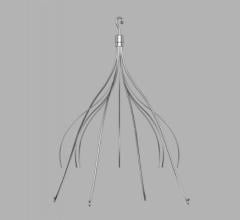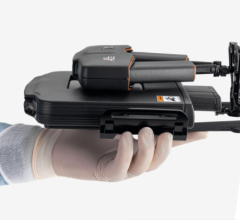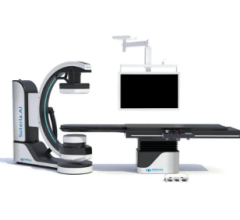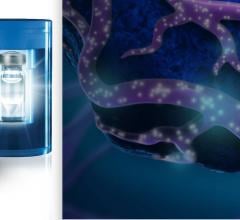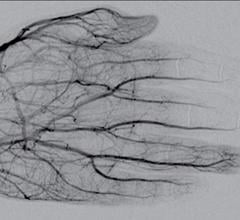
March 1, 2017 — Through participation in the new Interventional Radiology (IR) Registry, interventional radiologists can take steps to improve quality of care and outcomes for patients undergoing image-guided interventional procedures.
The new registry, a collaboration of the American College of Radiology (ACR) and the Society of Interventional Radiology (SIR), will provide comparative benchmark data at the national, regional and practice level to identify areas for improvement within the specialty.
“Patients will benefit from the IR Registry, as interventional radiologists will be able to compare performance benchmarks and gain the knowledge needed to support highly informed decision-making and to facilitate patient safety and quality improvement efforts,” said ACR Chief Executive Officer William T. Thorwarth Jr., M.D., FACR.
“This new registry will provide interventional radiologists with the evidence needed to prove what we intuitively know — that the care we provide is clinically effective, carries a low complication rate and reduces hospital stays, saving money on the front end and returning patients to productive pursuits at work or in the home,” said SIR President Charles E. Ray Jr., M.D., Ph.D., FSIR, “In short, this registry is the gateway we need to show that interventional radiology is often the patient’s best option.”
The IR Registry will allow participants to fulfill reporting requirements for the Centers for Medicare & Medicaid Services (CMS) Quality Payment Program, including the Merit-based Incentive Payment System (MIPS), and gain credits toward Maintenance of Certification Part IV from the American Board of Radiology.
The registry measures topics such as:
- The assessment of risk factors prior to difficult central venous access procedures;
- Appropriate venous access for tunneled hemodialysis catheters;
- Uterine artery embolization technique;
- The rate of early peristomal infection following fluoroscopically-guided gastrostomy tube placement; and
- The rate of percutaneous nephrostomy tube replacement within 30 days secondary to dislodgement.
The Interventional Radiology Registry is part of the ACR National Radiology Data Registry (NRDR), an umbrella for multiple databases that compile data to allow radiology facilities to compare themselves to other facilities regionally and nationally according to facility type.
Additional interventional radiology resources may be found in the new ACR-SIR IR C-Suite Toolkit.
For more information: www.acr.org


 January 09, 2024
January 09, 2024 

